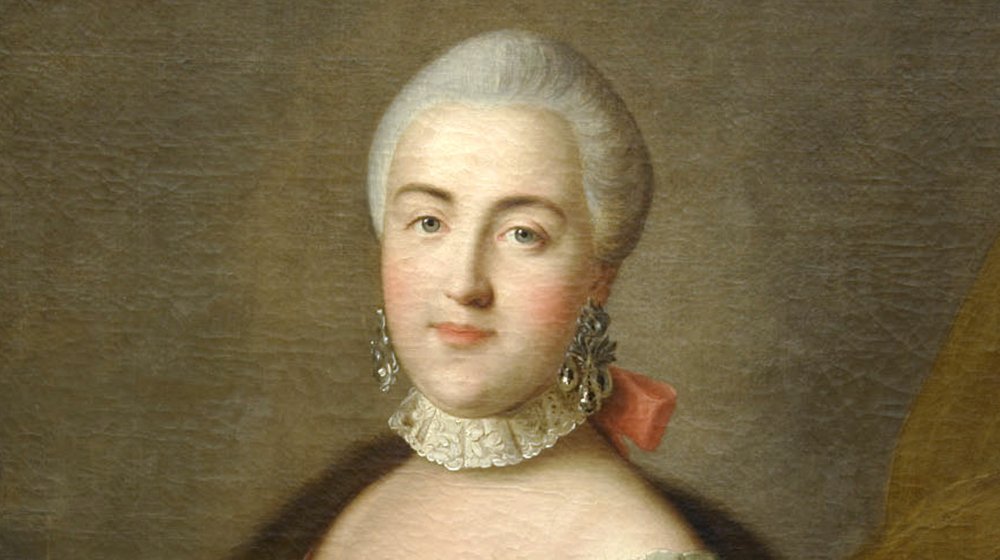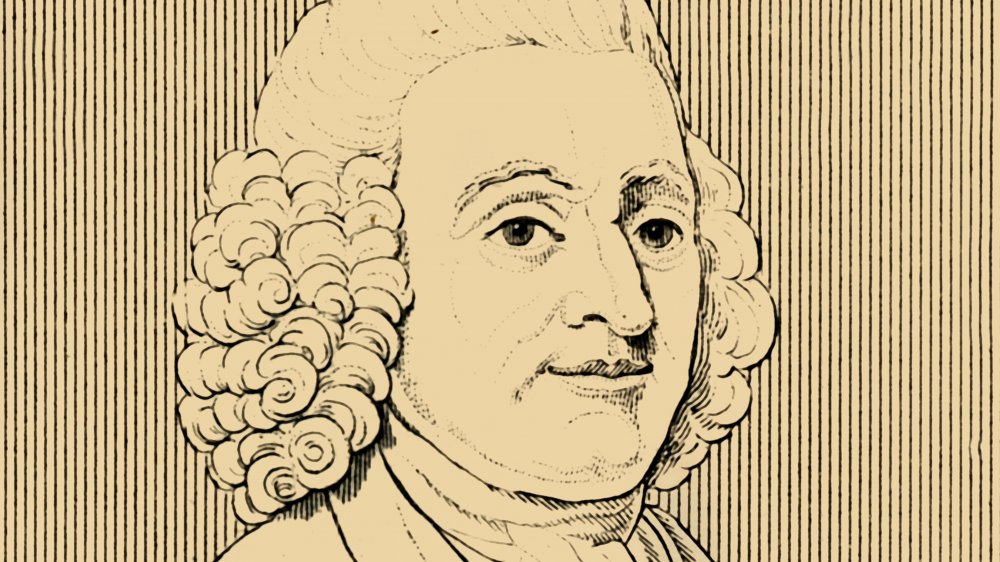The Real Reason Catherine The Great Infected Herself With Smallpox
It was another age — the 18th Century — and another virus — smallpox, highly contagious, with a mortality rate of over 30 percent, according to Wired. Outbreaks ravaged whole populations, and even those who survived were often tremendously scarred, and some were left blind, says the Centers for Disease Control and Prevention (CDC). No one's quite positive when it first appeared in human history; there's some evidence of smallpox on Egyptian mummies dating back to around 300 BCE. The virus spread quickly and easily — through direct contact, but also by droplets produced by sneezing and coughing, since it would first appear as sores in the mouth and throat. Pustules covered the bodies of victims, who remained contagious throughout the illness, until the last scab healed and dropped off. It was nothing to mess around with.
Eradication of smallpox by way of an effective vaccine is often accredited to English physician Edward Jenner, who made the observation that those who contracted cowpox (specifically, milkmaids) didn't develop smallpox. Jenner took material from a cowpox sore and used it to inoculate a 9-year-old boy. His theory played out: despite being exposed to smallpox, the boy didn't acquire the virus. Jenner's findings were published in 1801. Jenner's method was effective, but it wasn't the first successful weapon against smallpox. Thomas Dimsdale, another English sawbones, had also been inoculating people, but instead of using cowpox residue, he would use a small amount of actual smallpox pus.
Dr. Dimsdale saved Catherine, but hedged his bets
Though some patients died, most developed a mild case of the virus, and then fully recovered — and most importantly, were immune from future infection, says Time. Catherine II was on the throne of Russia, and smallpox was ravaging her country — 20,000 had died in Siberia alone, reports the Daily Herald. It would seem that Catherine had heard of Dr. Dimsdale's work and sent for him. She wanted inoculations. Dimsdale wanted to prove his methods worked by using them on, shall we say, lesser mortals. Catherine insisted that she and her son be the recipients. Remember that there were cases when patients' resulting smallpox took their lives, instead of safeguarding them. Dimsdale acceded to Catherine's request, but hedged his bets: He inoculated the Empress, but also had a coach waiting to whisk him away to St. Petersburg. Just in case things went south. In a big way.
Spoiler: Catherine and son survived and were thereby immune. A mass inoculation program was instituted throughout Russia, and by 1800, 2 million people had been preserved from smallpox. She made Dimsdale a baron of the Russian Empire.
As for smallpox itself, the World Health Organization began a successful campaign to eradicate the virus in 1959. The last person to die of smallpox was Janet Parker, a medical photographer at England's Birmingham University Medical School, in 1978. Anti-vaxxers be warned.

